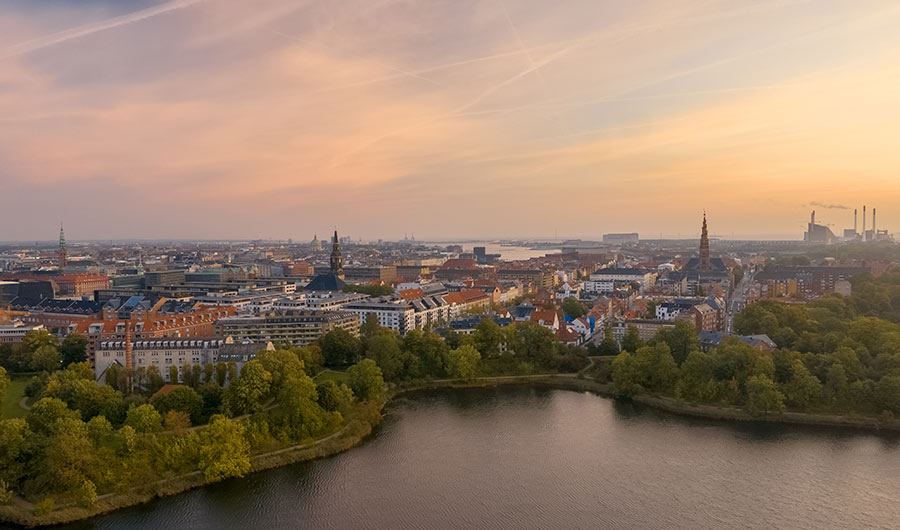In a Lake Bed's Layers, a History of Pollution, Human Disease and More

(Inside Science) -- It's no secret that the Industrial Revolution's rapid increases in urban populations and mass production filled many cities with pollution. But systematic measurements of air pollution didn't start until the 1970s -- the same time many places started cleaning up their act, said Mikkel Pedersen, a molecular ecologist at the University of Cambridge in England. According to Pedersen, the lack of historical data has made it hard to tell how well pollution-reducing initiatives actually worked.
Pedersen and his colleagues have started to investigate that problem, thanks to a treasure trove of historical information buried at the bottom of a city lake. When they took a sediment core from a lake originally created as part of a moat in the Danish capital of Copenhagen, they found centuries' worth of dirt, refuse and pollution particles, with the earliest mud layer dating to 1649. They presented their analysis in New Orleans on Monday at a meeting of the American Geophysical Union.
"The further down in the mud you go, the further back in time you also go," said Pedersen. "We are actually able to put together the pollution history, simply by looking from the bottom of a lake, going back more than 350 years."
Many scholars agree that the Industrial Revolution in Copenhagen began in the 1870s, according to Pedersen. But the lake bed data told a different story, supporting a minority view that industrialization began 20 years earlier. Using microscopes and a variety of chemical analyses, the researchers saw that pollutants such as graphite black carbon, polycyclic aromatic hydrocarbons and heavy metals began to rise steadily in the 1850s.
The pollution record even captured specific single-year events. For example, a component of wood smoke called levoglucosan spiked in 1728, the same year that a fire burned down roughly a third of the city.
The researchers also examined biological material such as pieces of DNA from various organisms and fossils of plants and insects. The fossils let them see exactly when invasive species such as Ginkgo biloba trees first entered the city, while the DNA offered a new look at a disease epidemic. While Pedersen is saving the details of the disease analysis for later publication, he confirmed that he found a spike in DNA from a disease-causing organism at the precise time when the epidemic swept through the city.
Pollution levels finally started to fall in the 1970s, just as the people of Copenhagen began putting particle filters on cars and factory smokestacks. According to Pedersen, the findings help confirm the value of political initiatives to protect human health and the environment.
The World Health Organization lists air pollution as the single largest environmental threat to human health. However, researchers know surprisingly little about the levels and types of pollution that cause different kinds of illness, said Stacey Boland, a systems engineer at NASA's Jet Propulsion Laboratory in Pasadena, California who was not involved in the study. Boland uses satellites to study current air pollution, and she was intrigued by the idea of using lake sediment cores as a window into the past.
"What's very novel about this is trying to go backwards in time, where we don't have that type of information," she said. "It's dealing with the 'wow, we wish we would have measured that' problem."

